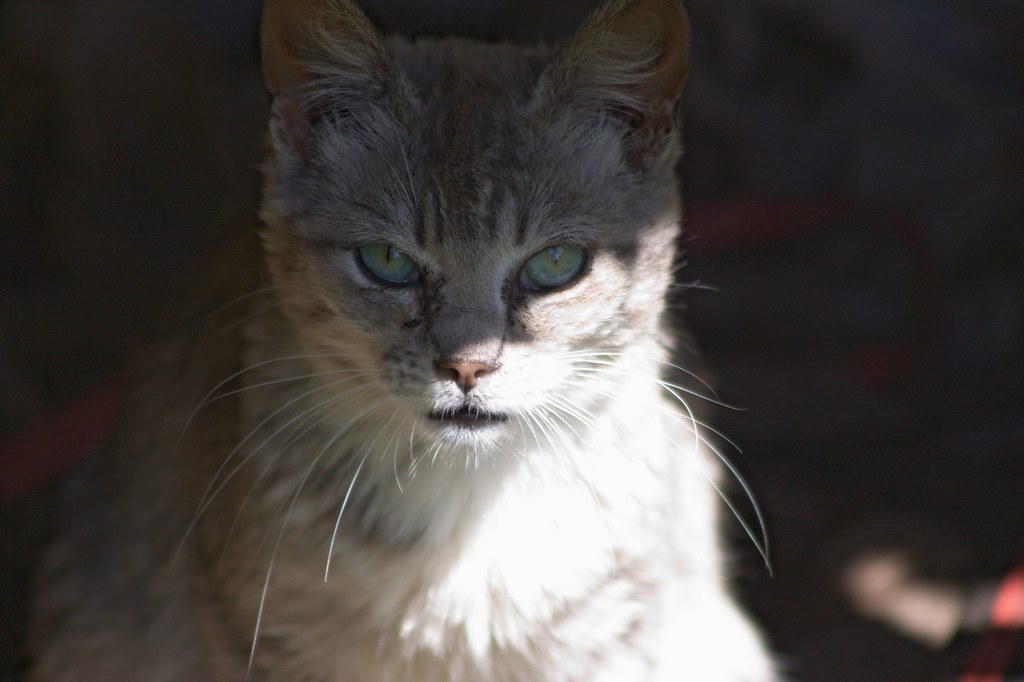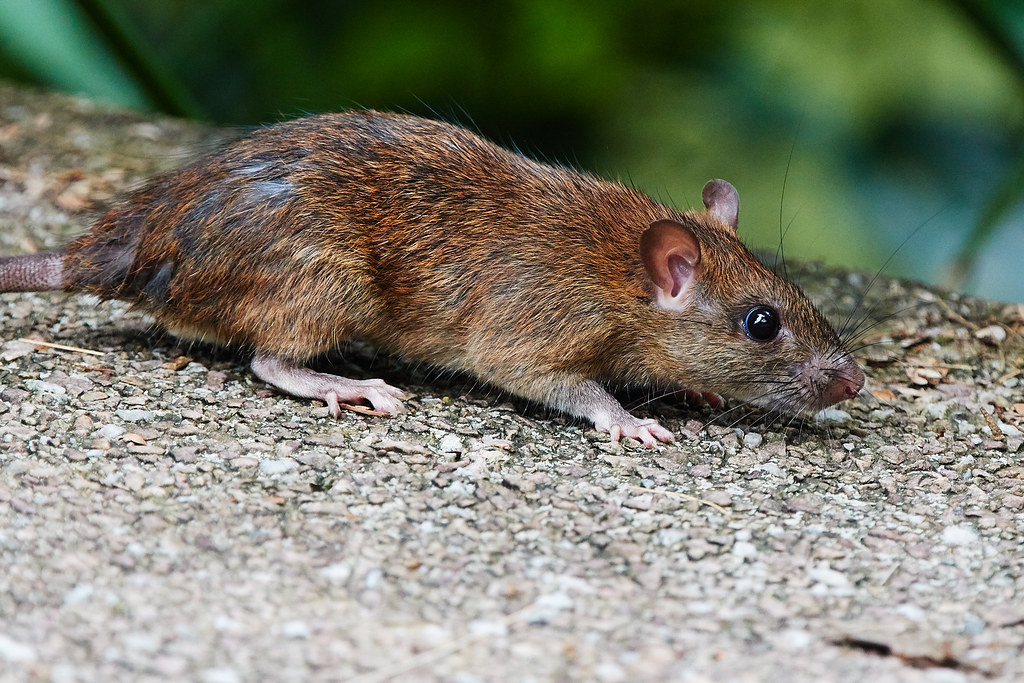Hi guys! Hope everyone has been doing well. On my most recent post, Dr Coleman posted a comment that was related to the issue of domestic cats preying on wildlife. This issue is set in Australia but is prevalent throughout the world as well.
Here is the link to an article on the feral cat cull. TL;DR: By 2020, the Australian government wants to meet its target of culling 2 million feral cats in order to save its native wildlife.
Some of Dr Coleman’s questions raised were:
1) Where do you, as an animal-welfare advocate and environmental-studies student stand on this issue?
This is certainly a very complicated question that is difficult to answer. There are many facets of this situation that we have to consider before coming to a conclusion. Of course, the ideal answer to this conundrum is always, why not find out ways that will protect Australia’s biodiversity and at the same time, dismiss the need for the cat cull? However, we know this is far from easy to achieve. My stance would be that the culls of these cats are only necessary if they push the native wildlife populations close to extinction. From an environmental studies student standpoint, the extinction of any species should not happen if it can be prevented, like in this case, having the cull to control feral cat populations.

2) Is this strategy (culling cats) any different (ethically) from killing rats, as the government actively does in SG, and do both (culling cats and rats) types of initiatives deliver similar benefits to biodiversity and conservation?
My answer to the first question regarding the difference in ethics would be no, as both culls are warranted. The culls serve the same purpose as both animals have detrimental effects on humans or ecosystems. After doing some research, I believe that the rats that we see in Singapore are the Asian House Rat (Rattus tanezumi). I had difficulty obtaining information about the ecological impacts of these rats, but we do know that rats spread diseases easily through their bodily fluids and droppings, causing problems such as food contamination which will ultimately affect human health. Additionally, they are opportunistic and reproduce rapidly, which makes the control of their populations necessary. Likewise, the feral cats threaten the numbers of small mammals endemic to Australia, such as the bilby, bandicoot, bettong and numbat. Therefore, the cat cull will definitely aid in conservation and raising the numbers of native biodiversity.

Tune in next week as I share the results of my survey in response to other questions from Dr Coleman, which will involve the participation of BES students!
Cheers! 🙂
Amanda
Reference List:
“Silver Tabby Feral Cat In The Shadows” by Chriss Pagani is licensed under CC BY-NC-ND 2.0
“Asian house rat” by mjmyap is licensed under CC BY-NC-SA 2.0
Hi Amanda!
This is such an interesting post! It is always difficult to make a choice when both choices seem to have undesirable outcomes, which in this case is culling feral cats, to save other species. I find myself in such a dilemma throughout my blog too, when it came to keeping animals in zoos. That said, I do agree with you that the culling of cats should be used as a last resort, when all other options (perhaps capturing and relocating them) have been exhausted, yet they still pose threats to the ecosystem. I also read in the article on Australia’s feral cat situation that while focus has been placed on feral cats, other issues such as habitat loss are not addressed as much. What are your thoughts on this?
Cheers!
Jeng Wei
Hello Jeng Wei!
I agree with you that habitat destruction is definitely a more important factor to consider instead of the feral cats. I’m sure that human activity has indeed caused a greater demise in the numbers as compared to the feral cats. Thus, having policies to target this problem is more essential than those for the cat cull. However, I didn’t dwell too much on that because my blog was about the conflict of having the cats or culling them to save native wildlife oops. In hindsight, I probably should have addressed that issue as well.
– Amanda
Hi Amanda!
This is a pretty interesting take on the issue of Feral Cats. Just like you, I do think that the cull of these cats should only be allowed if they are threatening the survival of other species to the point that they are almost extinct. However, do you think this would disrupt the food cycle, such that we are messing up how the natural world works? Would it be better if we let things happen naturally and not intervene in the population of these Feral Cats?
Hope to hear from you soon!
– Jo
Hello Jo!
This is a great point being brought up. I believe that the feral cats in Australia are deemed as pests. Hence, if we let the feral cats continue to populate, they will continue to prey on native wildlife, which are the animals that Australians love and want to protect. It is like the case of exterminating rats here because they bring harm to us, but in the case of Australia’s, to their native biodiversity. So my stand would be, no, we should intervene and stop them from overpopulating. Without intervention, the numbers may reach a point where recovery is too difficult or impossible to carry out and we would not want these irreversible effects.
– Amanda